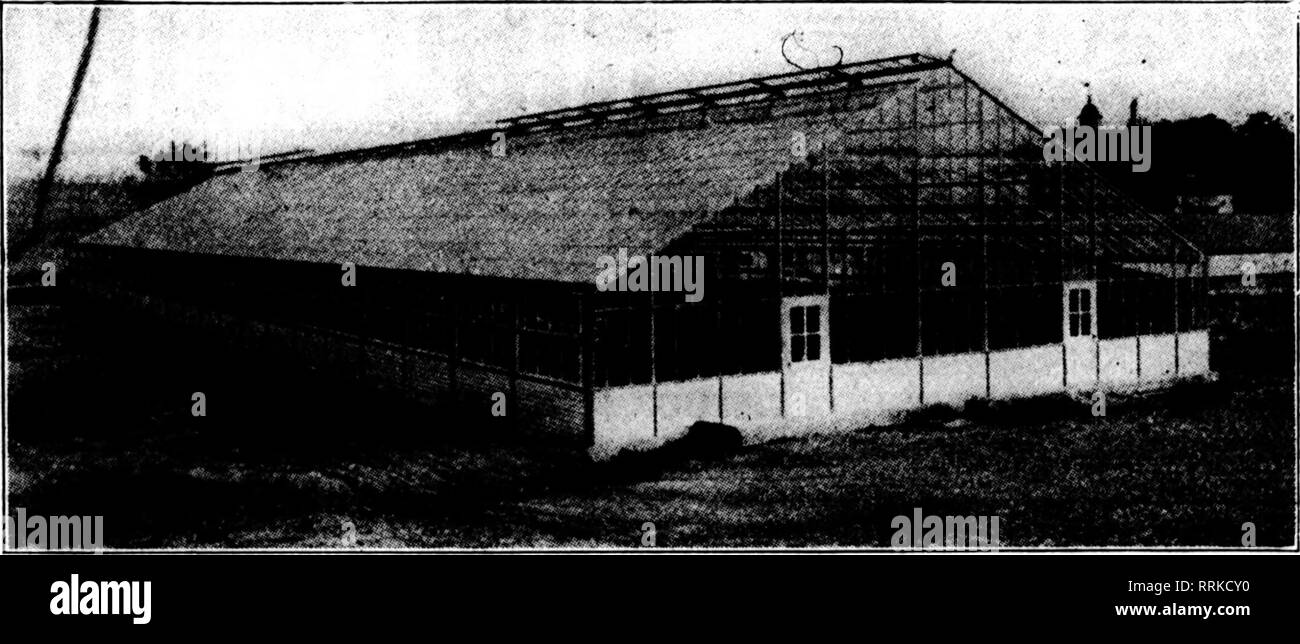

See also: List of earthquakes in CaliforniaĮarthquakes in California are common occurrences since the state is traversed by six major strike-slip fault systems with hundreds of related faults, many of which are "brother faults" of the infamous San Andreas Fault that runs nearly the full length of California at the juncture of the Pacific Plate and the North American Plate.

By 2010 the California population growth rate slowed slightly to 10%. The 1970–2010 population growth has still been substantial but has slowed to "only" about a 15% growth rate per decade. Immigration to the United States only started to increase significantly in 1946, when immigration to all of the United States was back up to 108,721 per year The continuing prosperity and emigration from other states and immigration from other countries in the 1950s and 1970s almost doubled the California population again to 19,953,134 by 1970. Most of these workers were from other states as they settled in California and increased the California population to 10,586,223 by 1950. After World War II and the Great Depression, there was a rapidly increasing buildup of United States workers in California as wartime industries boomed. Foreign immigration largely ceased during the Great Depression, as immigration to the United States was held to a low of 23,068 per year by 1933, and many foreign workers were deported. The population more than doubled again in the next 20 years by 1930. The early 1900s showed a massive population increase of over 60% between 19. The 1900 census showed emigrations down to "only" a 20% growth rate. California for over a century was short on females. California did not reach a "normal" male to female ratio of about one to one until the 1950 census. Massive immigration from mostly other states continued throughout the nineteenth century. About 3.0% of the gold rush Argonauts before 1850 were female or about 3,500 female Gold Rushers, compared to about 115,000 male California Gold Rushers. There were fewer than 10,000 females in a total California population (not including Native Americans who were not counted) of about 120,000 residents in 1850. The first big wave was the California Gold Rush starting in 1848 of miners, businessmen, farmers, loggers, etc. California has had waves of immigration and emigration over the years. If it were an independent country, California would rank 34th in population in the world. * The 1850 statistics are corrected for lostĬensus data in San Francisco, Santa ClaraĬalifornia is now the most populous state in the United States. 20.2 Environment, transportation, agriculture, waterĬalifornia demographics Historical population.15 California as an economic powerhouse.12.4.2 California Shipbuilding Corporation.12.4.1 Kaiser–Permanente California shipyards.9.6 California Department of Water Resource data.


 0 kommentar(er)
0 kommentar(er)
